Ceylon cinnamon is the safest and most effective choice for managing blood sugar levels. Unlike Cassia cinnamon, which contains high levels of coumarin (a compound linked to liver damage), Ceylon cinnamon has negligible coumarin and higher concentrations of polyphenols that improve insulin sensitivity and lower fasting blood glucose, as supported by clinical studies. This guide explains why Ceylon is superior, how to choose it, and how to use it safely for optimal results.
Table of Contents
- Cinnamon 101: What Exactly Is Cinnamon?
- The Blood Sugar Connection: How Does Cinnamon Help?
- Types of Cinnamon: The Usual Suspects
- Which Cinnamon Is Best for Blood Sugar?
- Buying Guide: What to Look For When Choosing Cinnamon
- How to Use Cinnamon for Maximum Blood Sugar Benefits
- Frequently Asked Questions
- A Few Cautionary Notes Before You Spice Up Your Life
- Conclusion: Spice It Up, Smartly!
Cinnamon 101: What Exactly Is Cinnamon?
Cinnamon is more than just a pantry staple; it's a spice derived from the inner bark of trees belonging to the Cinnamomum genus. Once harvested, the bark is dried, curled into quills (what we commonly call cinnamon sticks), or ground into powder.
But here's the twist—there are multiple types of cinnamon, each with different properties, flavors, and even chemical compositions. And when it comes to blood sugar regulation, not all cinnamons are created equal.

The Blood Sugar Connection: How Does Cinnamon Help?
Scientific research has shown that cinnamon can play a supportive role in managing blood sugar levels. This is particularly important for individuals with type 2 diabetes or insulin resistance.
The active compounds in cinnamon—like cinnamaldehyde, polyphenols, and proanthocyanidins—are believed to improve insulin sensitivity and slow the breakdown of carbohydrates in the digestive tract. In simpler terms, cinnamon may help your body regulate glucose more effectively after meals.
- Improves insulin sensitivity
- Delays carbohydrate digestion
- Enhances antioxidant activity
- Potentially reduces fasting blood sugar levels
Now that you understand the 'why,' let's look at the 'which'—because not all cinnamon is equally effective.

Types of Cinnamon: The Usual Suspects
There are four major types of cinnamon you're likely to find in stores or online:
- Ceylon Cinnamon – The "True" Cinnamon
- Cassia Cinnamon – The Common & Affordable Variety
- Saigon Cinnamon – Stronger Flavor, Higher Coumarin Content
- Indonesian Cinnamon – Also Known as Korintje
Ceylon vs. Cassia: A Tale of Two Cinnamons
While both are used interchangeably in cooking, they differ significantly in terms of flavor, price, and health impact. Let's break it down:
| Feature | Ceylon Cinnamon | Cassia Cinnamon |
|---|---|---|
| Origin | Sri Lanka | China |
| Flavor | Mild, Sweet | Strong, Spicy |
| Coumarin Content | 0.01% or less | 0.4% to 1.2% |
| Price | Expensive | Affordable |
| Blood Sugar Support | High Quality | Moderate |
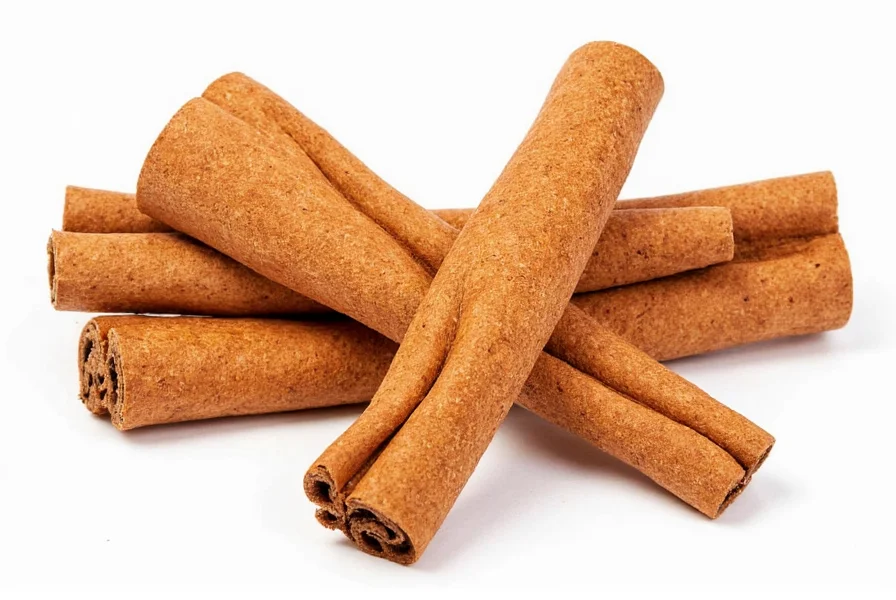
Which Cinnamon Is Best for Blood Sugar?
Scientific evidence confirms that Ceylon cinnamon is the superior choice for blood sugar management. Cassia cinnamon contains high levels of coumarin, which can cause liver damage with long-term use. Ceylon cinnamon, however, has negligible coumarin while offering higher concentrations of beneficial polyphenols and antioxidants.
According to a 2013 meta-analysis published in the Journal of Medicinal Food, daily consumption of Ceylon cinnamon (1-6 grams) significantly reduced fasting blood glucose levels in participants with type 2 diabetes. The American Diabetes Association also recommends Ceylon over Cassia for long-term use due to safety concerns.
- Low in coumarin: Safe for daily consumption (0.01% or less)
- Rich in polyphenols: Boosts antioxidant activity and insulin sensitivity
- Mild taste: Easy to incorporate into meals and drinks
- Proven effectiveness: Shown to lower fasting blood sugar levels in clinical studies
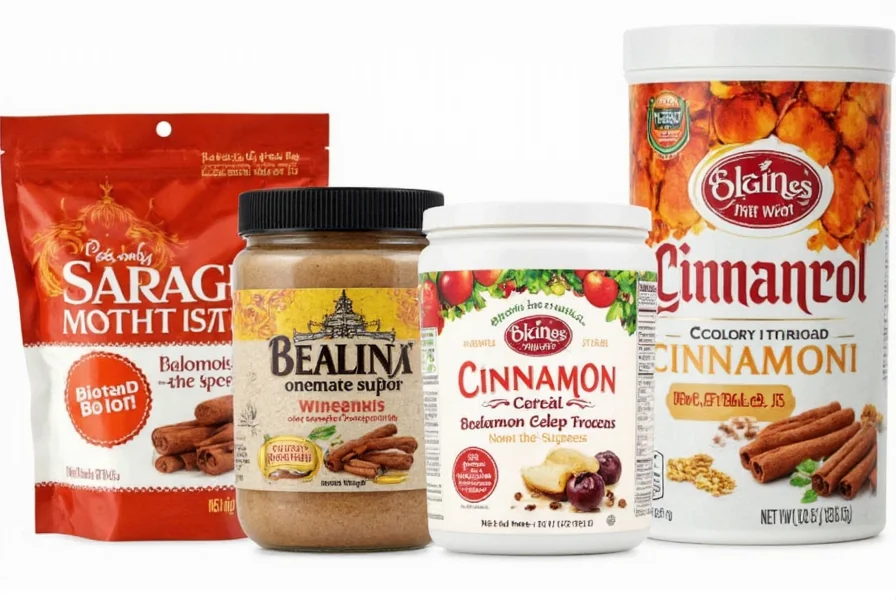
Buying Guide: What to Look For When Choosing Cinnamon
Ready to stock up on the right cinnamon? Here's what to keep an eye out for:
1. Label Check: Read the Fine Print
Most supermarket cinnamon is Cassia unless explicitly labeled as Ceylon. Always read the packaging!
- Look for "Ceylon cinnamon" or "Cinnamomum verum"
- Avoid "Chinese cinnamon" or simply "cinnamon" without clarification
2. Form Matters: Sticks vs. Powder
Both forms are effective, but each has its own perks:
| Form | Pros | Cons |
|---|---|---|
| Sticks | Long shelf life, great for simmering recipes | Less potent than powder, needs grinding |
| Powder | Immediate use, easier to mix into food | Shorter shelf life, potency decreases faster |
3. Storage Tips: Keep It Fresh
- Store in an airtight container away from sunlight
- Use within 6–12 months for optimal potency
- Refrigeration is optional but helps preserve flavor longer
4. Brand Spotlight: Recommended Brands for Ceylon Cinnamon
| Brand | Features | Best For |
|---|---|---|
| Nu Spice Ceylon | Pure Ceylon powder, organic certified | Daily use in smoothies, oatmeal |
| Simply Organic Ceylon Sticks | Fair trade, whole sticks | Baking, mulled beverages |
| Frontier Co-op Ground Ceylon | Non-GMO, ethically sourced | Home cooks and bakers |
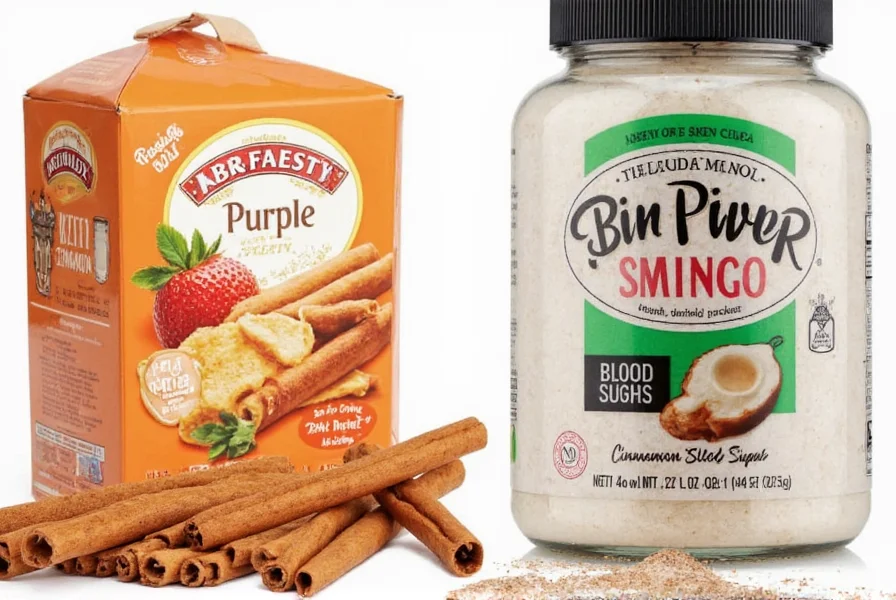
How to Use Cinnamon for Maximum Blood Sugar Benefits
Incorporating cinnamon into your diet doesn't have to be boring! Here are some creative—and tasty—ways to enjoy this powerhouse spice:
- Smoothie Boost: Add ½ tsp of Ceylon cinnamon to your morning smoothie
- Oatmeal Perfection: Stir into hot oats with a splash of almond milk
- Spiced Coffee: Sprinkle a pinch into your coffee grounds before brewing
- Healthy Snack Mix: Toss with nuts, seeds, and a drizzle of coconut oil
- Tea Time: Brew cinnamon sticks with green tea or herbal blends like rooibos
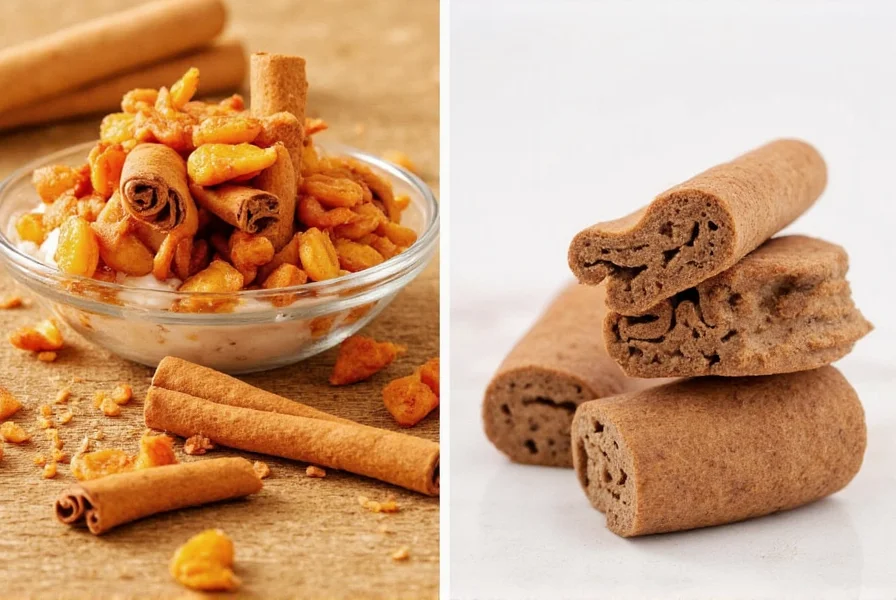
Frequently Asked Questions
What is the main difference between Ceylon and Cassia cinnamon for blood sugar management?
The key difference lies in coumarin content and polyphenol concentration. Ceylon cinnamon contains significantly lower levels of coumarin (0.01% or less) making it safe for regular consumption while offering higher concentrations of beneficial polyphenols that support blood sugar regulation. Cassia cinnamon has 0.4% to 1.2% coumarin, which can cause liver issues with prolonged use, and generally lower concentrations of the specific compounds that help regulate blood glucose. Clinical studies from the Journal of Medicinal Food confirm these differences.
How much Ceylon cinnamon should I take daily for blood sugar control?
Most clinical studies suggest a daily intake of 1–6 grams (approximately ¼ to 2 teaspoons) of Ceylon cinnamon for blood sugar benefits. Start with smaller amounts (½ teaspoon or about 1 gram) and gradually increase to assess your tolerance. Consistency is key—regular daily consumption over several weeks appears to yield the best results for blood sugar management, as documented in the American Diabetes Association's research.
Can cinnamon replace diabetes medication?
No, cinnamon should not replace prescribed diabetes medication. The American Diabetes Association states that cinnamon works as a complementary approach to support blood sugar management. If you're taking diabetes medication, consult with your healthcare provider before adding cinnamon to your regimen, as it may enhance the effects of your medication and potentially cause hypoglycemia (low blood sugar). Think of cinnamon as part of a comprehensive approach that includes proper diet, exercise, and prescribed treatments.
How long does it take for cinnamon to affect blood sugar levels?
Research published in Diabetes Care (2012) suggests that noticeable effects on fasting blood glucose levels typically appear after 4-12 weeks of consistent daily use. Some people may notice improved post-meal blood sugar responses within days or weeks, but significant reductions in fasting glucose generally require several weeks of regular consumption. The exact timeline varies based on individual factors including baseline blood sugar levels, overall diet, and lifestyle.
Can I use cinnamon if I don't have diabetes but want to maintain healthy blood sugar?
Absolutely. Cinnamon can be beneficial for anyone looking to support healthy blood sugar metabolism. It may help improve insulin sensitivity and slow carbohydrate absorption, which can prevent blood sugar spikes even in people without diabetes. This makes it a valuable addition to the diet for metabolic health maintenance and prevention of insulin resistance, as supported by the National Institutes of Health.
Is it better to use cinnamon sticks or powder for blood sugar benefits?
Both forms provide similar blood sugar benefits, but powder generally offers more immediate effects as the active compounds are more readily available. Powder is convenient for daily use in foods and beverages. Sticks have a longer shelf life and are ideal for simmering in teas or cooking, but you'll need to break or grind them to maximize absorption of active compounds. For consistent blood sugar management, powder may be more practical for daily measured dosing, according to the Journal of Nutrition and Metabolism.
Are there any side effects of using Ceylon cinnamon regularly?
Ceylon cinnamon is generally well-tolerated when consumed in recommended amounts (up to 6 grams daily). Unlike Cassia, it contains minimal coumarin, making it safe for long-term use. Some people might experience mild digestive upset or mouth irritation at higher doses. As with any supplement, it's wise to start with smaller amounts to assess your tolerance. If you're pregnant, breastfeeding, or have liver conditions, consult your healthcare provider before regular use. The National Institutes of Health confirms no serious side effects at recommended doses.
A Few Cautionary Notes Before You Spice Up Your Life
Even though cinnamon is generally safe and healthy, there are a few things to keep in mind:
- Don't Overdo It: Stick to 1–6 grams per day (about ½–2 tsp) as recommended by clinical studies
- Check Medications: If you're on diabetes medication, consult your doctor before adding cinnamon to avoid hypoglycemia
- Allergies Happen: Some people may experience allergic reactions or mouth irritation
- Stick to Ceylon: Avoid excessive use of Cassia due to coumarin content
Remember, cinnamon is a complementary tool—not a substitute for proper medical care or prescribed medications.

Conclusion: Spice It Up, Smartly!
So there you have it—the lowdown on which cinnamon is best for blood sugar. While Cassia might be more familiar and affordable, Ceylon cinnamon wins hands down in the health department, especially when it comes to regulating blood glucose levels safely and effectively.
Whether you sprinkle it on your breakfast, stir it into your tea, or add it to savory dishes, choosing the right cinnamon can make a real difference in your wellness journey.
So go ahead—grab that Ceylon cinnamon stick or jar, get creative in the kitchen, and start spicing your way toward better health today!
Key Takeaways:
- Ceylon cinnamon is safer and more effective for blood sugar management than Cassia due to its negligible coumarin content (0.01% or less) and higher polyphenol concentration.
- Use ½–2 teaspoons per day for best results, as supported by clinical studies from the Journal of Medicinal Food.
- Read labels carefully to ensure you're getting true Ceylon cinnamon ("Cinnamomum verum" or "Ceylon").
- Always consult with a healthcare provider if you're on diabetes medications.
- Scientific consensus confirms Ceylon cinnamon is the optimal choice for long-term blood sugar management.

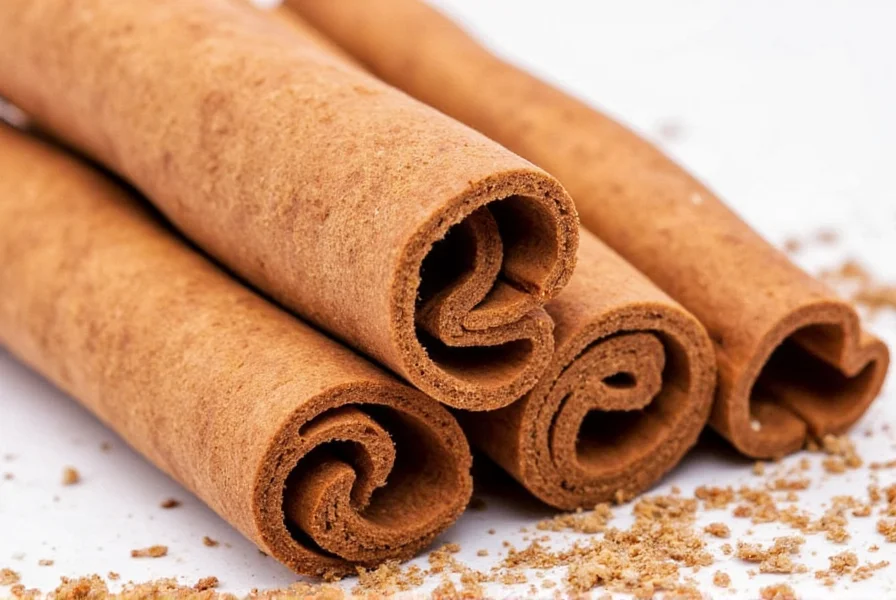









 浙公网安备
33010002000092号
浙公网安备
33010002000092号 浙B2-20120091-4
浙B2-20120091-4